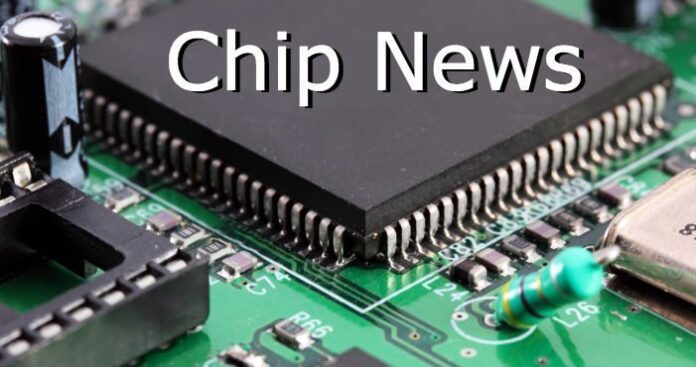LTE baseband market projections
Forward Concepts estimates that 219 million LTE baseband modems shipped last year, more than double the 103 million shipped in 2012. The firm’s analysts project 47% growth this year.
“We expect tablets and hybrid notebooks to drive standalone LTE modem penetration rates in 2014 while integrated com-processors continue to lead in revenues.” said Forward Concepts’ Carter L. Horney, who has just published a report on LTE baseband modems. Horney noted that almost three quarters of the LTE modems shipped last year were destined for smartphones.
Marvell LTE modem certified for Verizon’s LTE network
Marvell said that its Mobile PXA1088LTE and PXA1801 SoC have been certified for Verizon’s 4G network. The company says both modems are shipping worldwide. The PXA1088 LTE modem supports TDD-LTE, FDD-LTE, HSPA, TD-HSPA+ and EDGE.
Marvell’s traditional stronghold in the wireless market has been Wi-Fi chipsets but the company is moving now into cellular modems. The company counts Yulong, Lenovo and Hisense as customers for its mobile chipsets. Its highest-profile customer win so far is the Yulong Coolpad smartphone.
Maker movement meets wearables
MetaWear is a tiny ARM Cortex-based Bluetooth platform from MbientLab. This weekend at the San Francisco Bay Area’s Maker Faire, ARM showcased MetaWear for makers who want to design their own wearable devices.
The MetaWear board measures just 26mm x 17mm. Its creators want to give designers of wearables a way to eliminate the need for custom circuit boards and expedite the mechanical and industrial design processes.
Follow me on Twitter.

Chip News: LTE baseband market growth projected to slow
ABOUT AUTHOR
